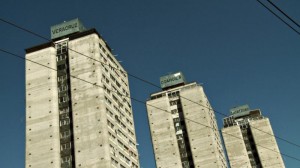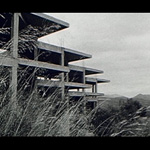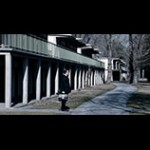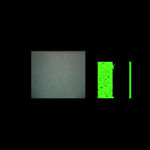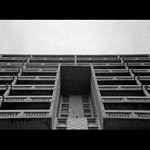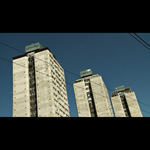Tlatelolco
Lotte Schreiber (HDCam) – Stefan Németh & Steven Hess (sound)
video, 75min
AT, MX / 2011 – Sixpackfilm distribution
“When a tourist bus passes by the Plaza de las tres Culturas in Mexico City, the tourist guide has a challenge. The square in the center of the Tlatelolco-Nonoalco quarter is a veritable epicenter in the pages of Mexican history: the Aztecs retreated to this area under Cuauhtémoc before their ultimate defeat by the Spanish conquistadors in 1521; here, on October 2, 1968, ten days before the opening of the Olympic Games in Mexico, a student demonstration was violently suppressed; and in 1985 a massive earthquake toppled high-rise buildings in the immediate surroundings. The latter two events become the decisive historical markers for filmmaker Lotte Schreiber in this video, that otherwise delves above all into the spatial dimension. Rather than focusing on the monuments and representational architecture of the Plaza, Tlatelolco concentrates on the neighboring residential high-rises. Built in the 1960s under the supervision of the modernist Mario Pani, Unidad Habitacional Nonoalco-Tlatelolco, is the largest apartment complex in Mexico City. Realized at the zenith of Mexico’s economic boom Pani’s vision of the high rise as a “vertical city” beyond class distinctions has itself been shaken up on multiple occasions.
The fading of an urban architectural utopia is captured by Schreiber and cameraman Johannes Hammel in hundreds of material details including the peeling, weathering, and improvisations necessitated by the building’s decline. At the same time, the exactitude in the film framing keep current the powerful fascination for the massive-functionalist architecture. Similarly, the portraits of individual residents not only put the harsh living conditions into focus, but also the practices of assimilation that continue to carry Pani’s concepts beyond that of the monumental: shown exercising in the historical grounds are elderly women together with limber, muscular youths; in the courtyard, neighbors improvise a film screening.”
[Joachim Schätz]
www.sixpackfilm.com

